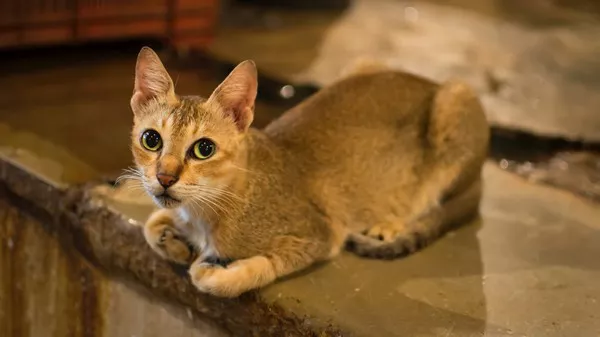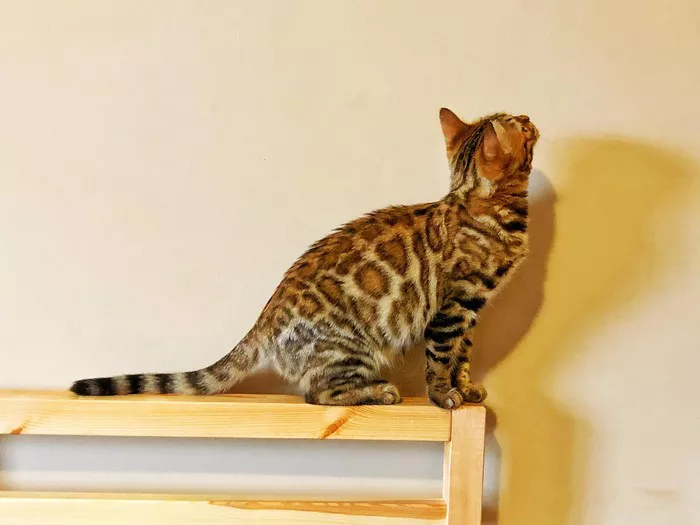Cats are beloved companions known for their independent and enigmatic nature. However, like any pet, they can develop certain behaviors that might be considered undesirable. Correcting your cat‘s bad habits is an essential aspect of maintaining a harmonious and enjoyable relationship. In this comprehensive guide, we will explore effective strategies for addressing and modifying common feline behavior issues. From litter box problems to scratching furniture, we’ll provide practical steps to help you understand and correct your cat’s behavior for a happier and healthier home environment.
Understanding Feline Behavior
1. Instinctive Behaviors
Many of a cat’s behaviors are rooted in their natural instincts. Scratching, hunting, grooming, and territorial marking are all examples of behaviors that serve essential purposes in the wild.
2. Environmental Factors
Your cat’s environment plays a significant role in shaping their behavior. Changes in routine, stressors, and access to resources can all influence how your cat behaves.
Addressing Litter Box Issues
1. Possible Causes
Litter box problems can be frustrating, but they often have underlying causes. Medical issues, litter type preferences, and cleanliness can all impact your cat’s litter box behavior.
2. Steps to Correction
Ensure your cat’s litter box is clean and placed in a quiet, accessible location. Experiment with different litter types to find what your cat prefers. If problems persist, consult your veterinarian to rule out medical issues.
See Also: Why Is My Cat Pooping Outside the Litter Box & How to Stop It
Managing Scratching Behavior
1. Natural Instinct
Scratching is a natural behavior that helps cats maintain their claws and mark their territory. Instead of trying to eliminate scratching, provide appropriate outlets for this behavior.
2. Scratching Posts and Pads
Place scratching posts or pads near furniture your cat likes to scratch. These alternatives can redirect their scratching behavior to designated areas.
3. Use of Deterrents
To protect furniture, consider using double-sided tape, aluminum foil, or commercial deterrent sprays. These methods can make surfaces unappealing for scratching.
See Also: 5 Ways to Reduce Your Cat Scratching Furniture
Dealing with Aggression
1. Causes of Aggression
Aggression can stem from fear, territorial disputes, redirected aggression, or medical issues. Identifying the underlying cause is crucial for effective correction.
2. Gradual Socialization
If your cat is aggressive towards other cats or pets, introduce them gradually in controlled environments. Positive associations and rewards can help create a more harmonious relationship.
See Also: Aggression in Devon Rex Cats: A Comprehensive Analysis
Overcoming Excessive Meowing
1. Communication and Attention
Cats meow to communicate with humans, but excessive meowing can be disruptive. Ensure your cat’s basic needs are met and avoid reinforcing meowing with excessive attention.
2. Enrichment and Play
Engage your cat in interactive play and provide mental stimulation to curb excessive meowing. Puzzle feeders, toys, and regular play sessions can help redirect their energy.
See Also: How to Manage Excessive Meowing in Siamese Cats: A Quick Guide
Patience and Consistency
1. Behavior Modification Takes Time
Correcting your cat’s bad habits requires patience and consistency. Behavior change won’t happen overnight, and it’s important to remain committed to the process.
2. Positive Reinforcement
Use positive reinforcement to reward desired behaviors. Treats, praise, and affection can encourage your cat to adopt new, more desirable habits.
Conclusion
In conclusion, correcting your cat’s bad habits is a journey that involves understanding, patience, and effective strategies. By delving into your cat’s instincts, addressing litter box issues, managing scratching behavior, dealing with aggression, and overcoming excessive meowing, you can create a more harmonious and enjoyable environment for both you and your feline friend. Remember that every cat is unique, and it may take time to see progress. Consistency and positive reinforcement are key to successful behavior modification. If you find that a behavior issue is particularly challenging, don’t hesitate to seek guidance from a veterinarian or professional animal behaviorist. With dedication and the right approach, you can guide your cat toward more desirable behaviors and strengthen the bond you share.


























